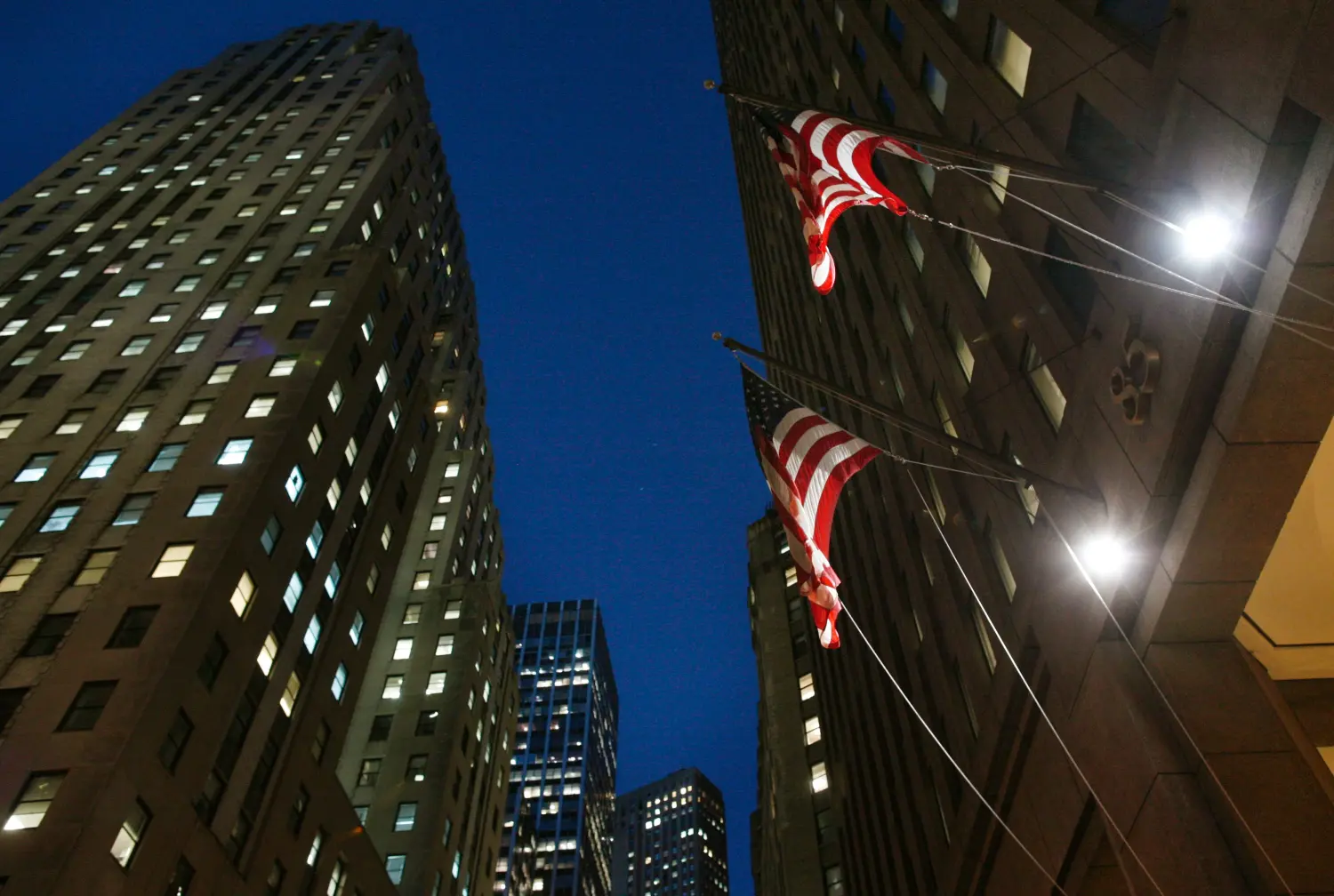This paper is part of the Fall 2017 edition of the Brookings Papers on Economic Activity, the leading conference series and journal in economics for timely, cutting-edge research about real-world policy issues. Research findings are presented in a clear and accessible style to maximize their impact on economic understanding and policymaking. The editors are Brookings Nonresident Senior Fellow and Northwestern University Economics Professor Janice Eberly and James Stock, Brookings Nonresident Senior Fellow and Harvard University economics professor. Read the rest of the articles here.
Decreased competition and tightened governance help explain distressingly low business investment in the U.S. since the early 2000s.
In “Investment-less growth: An empirical investigation” (PDF), German Gutierrez and Thomas Philippon of New York University examine several theories to explain the well-established and problematic phenomenon of low business investment.
In their analysis, the authors investigate why business investment remains low despite high profits, low funding costs, and high asset values—which economists refer to as “high Tobin’s Q.” In economics, the theory of Tobin’s Q states that, when Q is high (greater than 1), it makes sense for firms to make additional investments. When Q is low (less than 1), a firm should sell its assets.
The authors test eight alternative theories to explain low investment despite high Q. Some (about a third) of the decline in measured investment can be explained by a shift towards intangible assets. Among the remaining theories, however, they find that only decreased competition (if firms don’t need to invest in new equipment or strategies to stay competitive, why would they?), tightened governance and, potentially, increased short-termist pressures help explain the phenomenon. Competition and governance account for the majority of the under-investment relative to Q. Finally, changes in competition and governance seem partly explained by changes in policy (regulations, anti-trust) and in asset management (activism, indexing, and pressure for shares buyback programs).
The authors did not receive financial support from any firm or person for this paper or from any firm or person with a financial or political interest in this paper. They are currently not officers, directors, or board members of any organization with an interest in this paper. No outside party had the right to review this paper prior to circulation.




